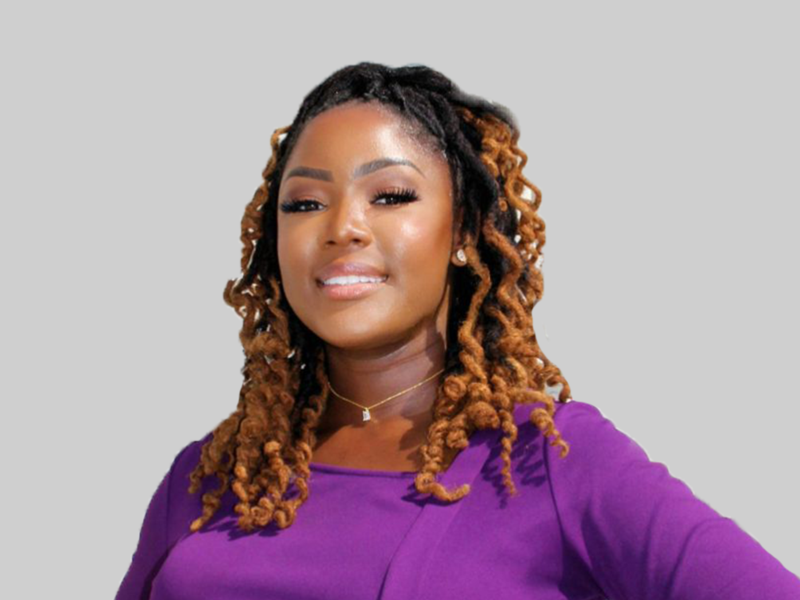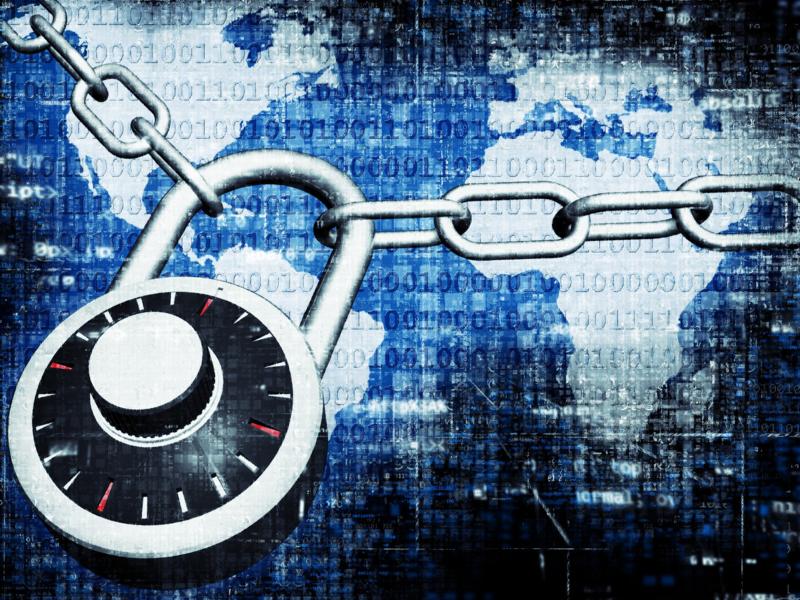Lyndsay Morrison:
Have you ever given much thought to the evolution of communication between the electorate and the politician? Maybe you have since we just lived through a presidential election year, and I can’t be the only one who received a barrage of political text messages just a few weeks ago. Politicians have gone from communicating to a gathered crowd on a literal stump in a village green or town square, to sending mass texts to their list of subscribers using the internet. Modern technology and digital communication revolutionized human interaction for everyone, including elected officials – and that’s been true for many decades now. Here is a brief look back on how we got here.
The trusty letter: still a classic. Truthfully, the written word has not gone out of style and sending letters to constituents remains a viable option no matter how much technology evolves. Now, of course, politicians can send letters or various forms of outreach digitally via the click of a button, which is much more convenient than the labor once needed to spread information. With the United States of America in its infancy, the Constitution granted the newly formed Federal Postal System a crucial role in how legislators would communicate with their constituents. The Post Office Act of 1792 allowed Members of Congress the ability to send and receive mail while Congress was in session for free using only their signature. This privilege actually predated the Constitution itself. Representatives at the Constitutional Convention, having just fought a war hinging on representational government, preserved the avenue for reciprocal communication between legislator and constituent outlined under the Articles of Confederation. This allowed legislators and their constituents a clear path to communicate with one another when needed. Franking privileges underwent many reforms since then, with added restrictions and rules, and an official Franking Commission established in 1973 to monitor this practice. Nevertheless, the United States Postal Service still plays a role in how Members of Congress conduct official communication with their constituents. Chances are in 2020, when communicating to our elected officials we utilize an array of social media platforms or email rather than write a letter. Putting pen to paper, however, is still relevant over two hundred years later, we just have more options of delivery than ever before.
The telegraph: original twitter? Think about it – you send a message via a cable and someone in another country reads it. The telegraph (and the railroad since these two technologies worked in tandem) transformed the amount of time it took to deliver messages. While this technology did not directly influence how constituents and legislators communicated, it does demonstrate how the country as a whole and American politicians embraced the new technology of the day. In 1858, President James Buchanan wired Queen Victoria a ceremonial message to celebrate the completion of the trans-Atlantic cable. He was the first American president to send a telegraph message in office. Two years after sending that message, the United States had strung over 50,000 miles of telegraph wire. This technology could not have come at a better time as it transformed the sending and receiving of messages during the American Civil War out of a logistical necessity. President Abraham Lincoln wandered over to the War Department on a regular basis to monitor the field reports sent back to Washington from the front lines. Lincoln embraced the new technology as Commander-in-chief and set a precedent for presidents in the 20th century to show interest in the new technologies of their time.
The advent of radio: creating a national press. Almost every decade in the 20th century introduced a new technology that altered the distribution of information. President Franklin Delano Roosevelt and First Lady Eleanor Roosevelt both used the new medium of radio effectively, which made them more accessible to Americans than any occupants of the White House before them. The radio went from being a luxury item for those who could initially afford, to a staple household item for most Americans. By 1940, 81% of American households owned one and surveys revealed that Americans spent four hours a day listening to the new medium. It provided entertainment and quickly became the way most people consumed the news. During the New Deal, President Roosevelt used the radio to explain new policy initiatives. These were not typical presidential speeches, but informal talks. President Roosevelt had a knack for explaining complex economic issues in a way that most Americans listening could understand. Judging by the increased activity in the mailroom of the White House, his messages resonated. Half a million Americans wrote to FDR shortly after he took office. As a result, the White House hired 50 mail clerks to deal with the volume. President Herbert Hoover, FDR’s predecessor, only needed one mail clerk. Not to be outdone, First Lady Eleanor Roosevelt also embraced radio and simultaneously created a model for the modern First Lady. She held her own press conference in March 1933, a first for a First Lady. While her husband met twice weekly with the presidential press corps, Eleanor met once weekly with her own – comprised of all women reporters since they were denied access to the president. During their time in the White House, she made nearly the same number of appearances (300) on the radio as her husband. Americans grew to know her as much as the president and another 300,000 people wrote to her shortly after her husband’s first inauguration. The new technology of radio coupled with the formation of a modern national press elevated the status of the presidency and bolstered the American appetite for more access to whomever holds the office.
The radio proved only the beginning for how access to elected officials transformed in the 20th century. Decades later, the national press expanded to meet the demands for the new medium of television. In 1954, the Army-McCarthy hearings by the Senate’s Subcommittee on Investigations gripped the nation with full coverage by ABC. In 1960, 70 million Americans watched the first televised presidential debate between John F. Kennedy and Richard Nixon. Three years later Americans devoured coverage of JFK’s assassination and the days afterward. Television and the continued expansion of the national press has led to the 24-hour news cycle we know today. The internet introduced digital communication in the form of email and the plethora of social media platforms that have cropped up in the past two decades. In 2020, it is certainly true there are more ways to communicate with one another than ever before – and considering how this year turned out, I’m grateful for that! Who knows what the future of communication with our elected officials will look like in the future? I am certain, however, that no matter the request, IQ will meet the need to integrate and help elected officials incorporate any new communication tool in their business process.
Sources:Biser, Margaret. “The Fireside Chats: Roosevelt’s Radio Talks.” WHHA (en-US). The White House Historical Association, August 19, 2016. https://www.whitehousehistory.org/the-fireside-chats-roosevelts-radio-talks.
Kaplan, Fred. Lincoln: The Biography of a Writer. New York: HarperCollins Publishers, 2008.
Smith, Stephen Drury. The First Lady of Radio: Eleanor Roosevelt’s Historic Broadcasts. New York: The New Press, 2014.
U.S. Congressional Research Service. Franking Privilege: Historical Development and Options for Change. May 3, 2016.
Wheeler, Tom. Mr. Lincoln’s T-Mails: How Abraham Lincoln Used the Telegraph to Win the Civil War. New York: HarperCollins Publishers, 2008.











